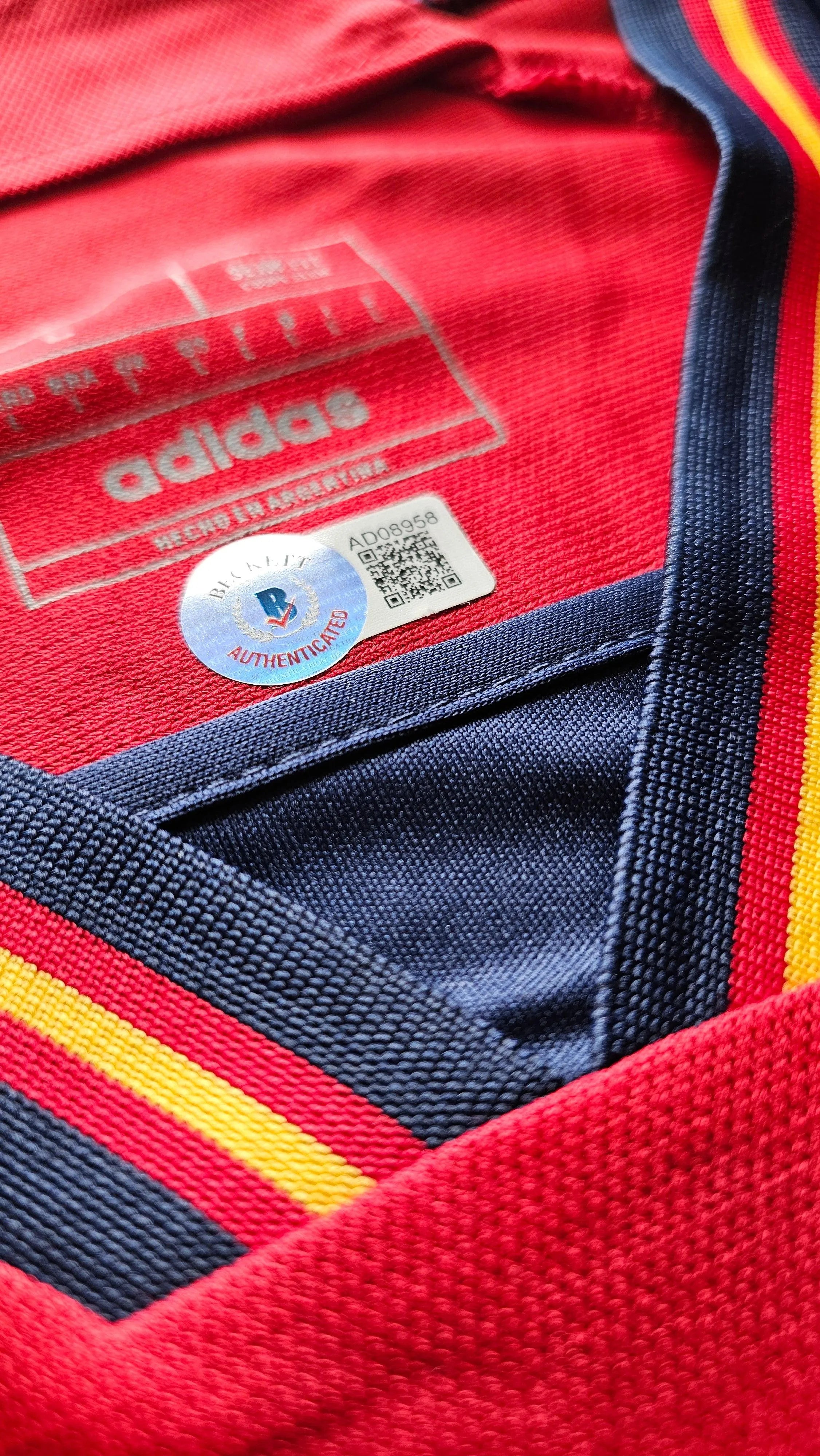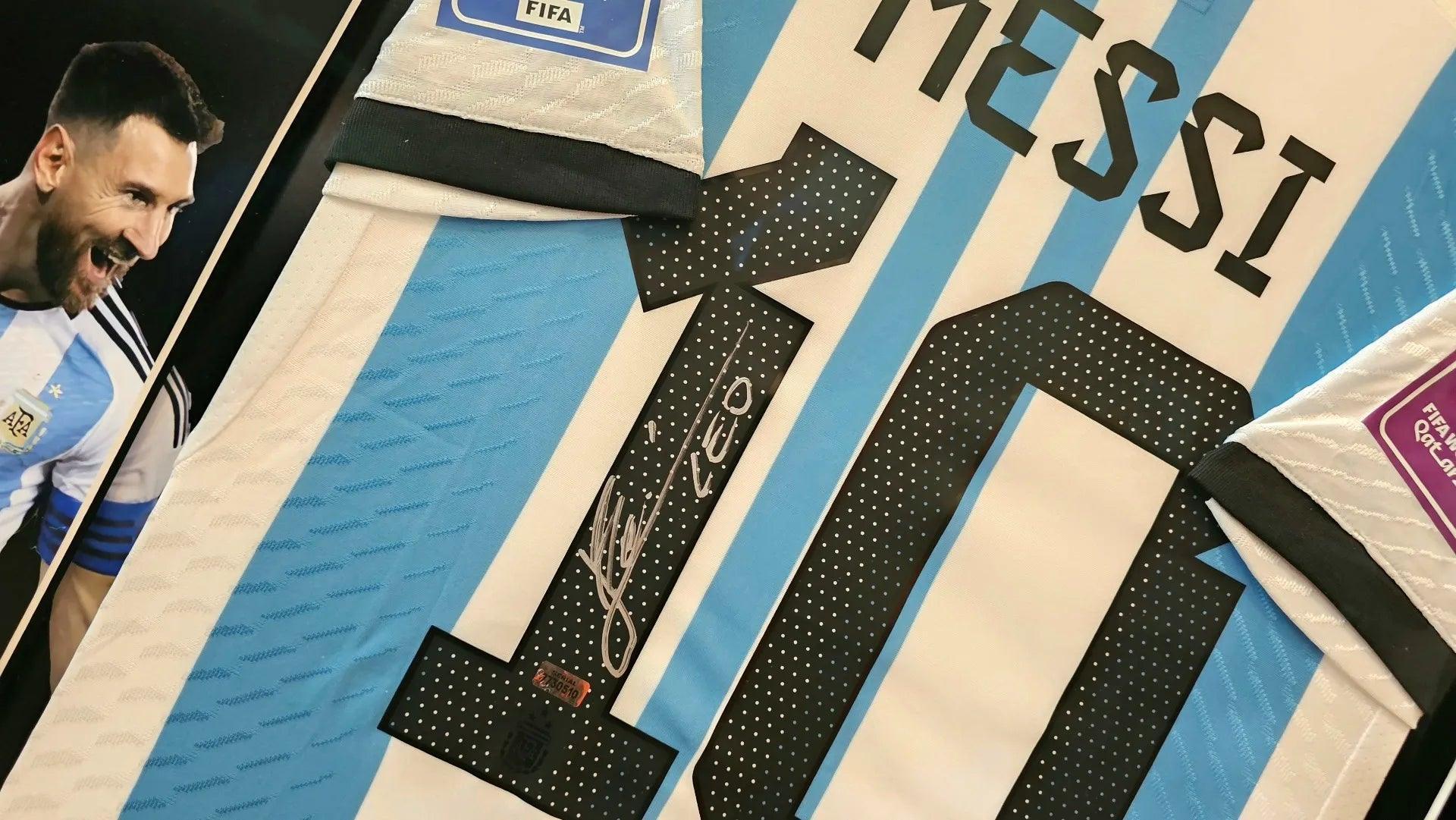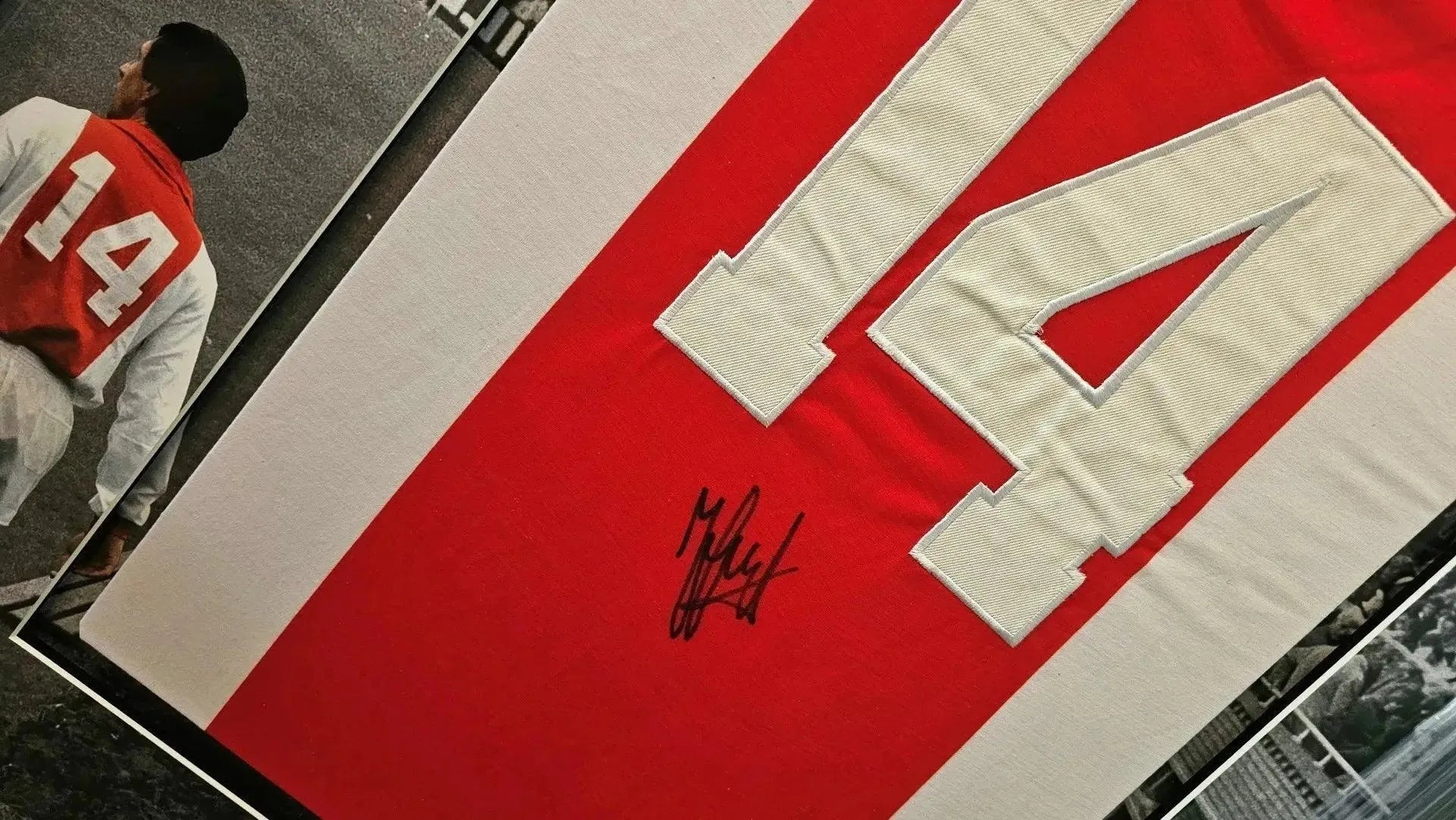Società Sportiva Lazio, founded on 9 January 1900, is based in Formello and competes in Serie A. The Rome club’s history is visible on the shirt, from early Hellenic-inspired sky blue shirts to the striped home kits of later decades. Collectors visiting Walkouts will find a focused selection of signed football shirts and framed editions tied to Lazio’s major moments, with provenance notes and condition summaries included.
Lazio have a long trophy record and a distinctive ground presence at the Stadio Olimpico, where memorable derbies are contested. The club have won two Serie A titles and a range of domestic cups, and a European highlight came with the UEFA Cup Winners' Cup victory and the subsequent UEFA Super Cup, all of which make certain era shirts highly desirable. The club is also ranked 18 by the IFFHS, a single data point often cited in collector references.
Post-1970 anniversary releases are genuine chase pieces for many fans. Notable commemorations include centenary designs and retro crests that echo the 1900 foundation, while the 2000 celebration remains tied to the Scudetto season and specialist releases that attract framed shoppers and display collectors.
Season and match magnets carry clear provenance stories. The 1999-2000 run, a domestic double era, and the 1998-99 European Cup Winners’ Cup campaign are often referenced on labels and COAs, while the 2019-20 Coppa Italia winners' shirts from the Inzaghi era continue to appear in signed retail drops and charity auctions. Early run retail shirts and player-issue variants from these seasons are chased for squad numbering and patch details.
Away and alternate shirts are a distinct sub-genre for Lazio collectors. The classic 1999-2000 white away design appears frequently in lists of iconic pieces, tied to decisive away results in the title chase, and navy or black alternates from later European nights are also prized. Derby provenance, for the Derby della Capitale, increases interest where match labels or commemorative patches are present.
Signed retail items remain a major focus, not only match-worn examples. Fans seek fanshop shirts with early production runs, market-specific releases and player-issue variants, and retailers often note whether signatures were a witnessed session or supported by photographic evidence. Specialist variations from supplier eras, including Puma and Macron runs, are an important verification cue for condition and rarity, and particular anniversary releases such as the 2000 Centenary Scudetto editions and the white away (1999-2000) variants command attention among dedicated collectors.
When shopping for Lazio shirts look for clear provenance on items from the 1999-2000 season and later runs like 2019-20, and expect COA verification for many signed retail pieces. Walkouts lists framed and loose signed shirts with provenance notes from Scudetto, cup and European seasons, including 1998-99, 1999-2000 and 2019-20, making it straightforward to compare editions and condition before purchase.




